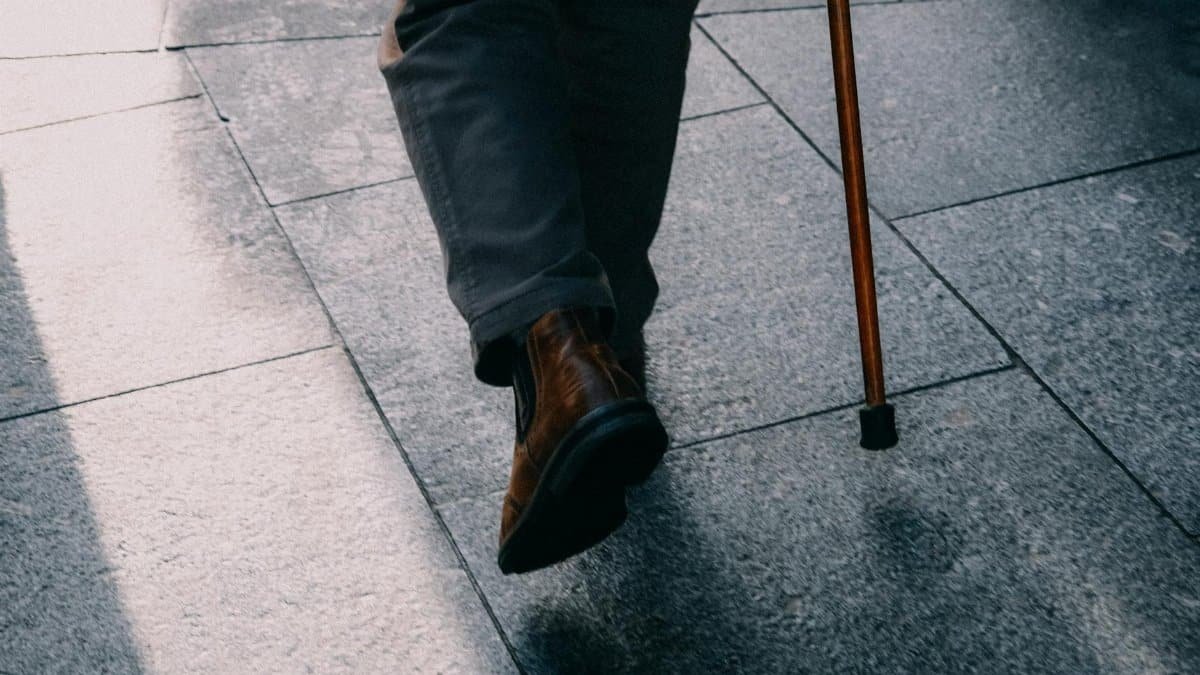In a world obsessed with hustle and perfection, self-love self-love might sound like a fluffy buzzword. But here’s the kicker: embracing it often starts with discomfort, not bliss. Is true self-love really the feel-good remedy everyone peddles, or does it force you to confront the messy parts first? New insights from mental health experts reveal that initial unease is normal—it’s the brain rewiring old patterns. As Americans grapple with rising stress levels in 2025, understanding this twist could change how we approach personal growth. For many, that first step feels like staring into a mirror you’d rather avoid.
The Roots of Discomfort in Self-Love

True self-love often unearths buried emotions, making it feel anything but comfortable at the outset. Psychologists explain that years of self-criticism create neural pathways that resist change. When you start affirming your worth, it’s like disrupting a well-worn routine. A study from Harvard University highlights how self-compassion practices initially spike anxiety before yielding benefits. Researchers found participants reported higher discomfort in the first weeks, but persistence led to reduced stress. This isn’t weakness; it’s the mind adapting. In everyday terms, think of it as breaking in new shoes—they pinch until they fit.
Why Society Pushes the ‘Easy’ Narrative

Social media floods us with polished self-love mantras, but rarely shows the gritty side. Influencers tout quick fixes, yet experts say this sets unrealistic expectations. According to the American Psychological Association, cultural pressures amplify the discomfort by making vulnerability seem like failure. In 2025, with mental health awareness peaking, more people are calling out these myths. Real self-love demands facing insecurities head-on, not just bubble baths and affirmations. It’s no wonder beginners feel off-kilter; the hype overlooks the emotional labor involved.
Common Triggers That Make It Feel Wrong

Guilt often hits first when practicing self-love. If you’ve been conditioned to prioritize others, setting boundaries feels selfish. Therapists note this stems from childhood messages or societal norms. Another trigger: perfectionism. Aiming for flawless self-acceptance paradoxically heightens self-doubt. Data from the National Institute of Mental Health shows that such internal conflicts contribute to higher burnout rates among young adults. Recognizing these triggers is key—it’s not about avoiding discomfort but navigating it strategically.
Practical Steps to Push Through the Unease

Start small to build tolerance. Journaling about fears without judgment can ease the initial sting. Experts recommend mindfulness exercises, like short meditations focused on body sensations. A report from the American Psychological Association’s Mindfulness Resources details how these techniques lower resistance over time. Pair this with professional guidance if needed; therapy normalizes the process. Remember, discomfort signals growth, not failure. In 2025’s fast-paced environment, these steps help integrate self-love into daily routines without overwhelm.
The Science Behind the Initial Resistance

Neurologically, self-love challenges the brain’s default negativity bias. Studies show the amygdala activates during self-reflection, mimicking threat responses. Research published in the Journal of Positive Psychology found that self-compassion training reduces cortisol levels after an adjustment period. This explains why it feels uncomfortable at first—like exercising a dormant muscle. For U.S. populations facing economic pressures, this science underscores why self-love isn’t instant gratification. Building resilience through consistent practice rewires these responses, leading to genuine ease.
Real Stories of Overcoming the Hurdle

Take Lisa M., a New York teacher who dove into self-love after burnout. “It felt phony at first, like lying to myself,” she says. But after months, it clicked. Her experience echoes thousands shared on forums. A survey by Pew Research Center indicates 45% of adults report similar initial struggles with self-care routines. These anecdotes prove the discomfort is temporary. In diverse communities, from urban professionals to rural families, the pattern holds: persistence pays off with deeper self-acceptance.
How Discomfort Leads to Deeper Benefits

Once past the awkward phase, self-love unlocks profound changes. Improved relationships, better decision-making, and enhanced well-being follow. The National Institute of Mental Health’s Guide to Mental Health Care links self-compassion to lower depression risks. In 2025, as remote work blurs boundaries, this foundation helps maintain balance. The irony? The very unease that deters people is what forges authentic growth, turning self-doubt into strength.
When to Seek Help If It Persists

Not all discomfort is productive. If it escalates to distress, professional input is crucial. Signs include persistent anxiety or avoidance. Mental health hotlines report a surge in calls related to self-improvement struggles. Therapists can tailor approaches, ensuring self-love doesn’t become another stressor. With resources like telehealth expanding in the U.S., access is easier than ever. Addressing this early prevents setbacks, making the journey sustainable.
Cultural Shifts Making It More Approachable

America’s evolving views on mental health are demystifying self-love. Celebrities and campaigns normalize the uncomfortable start. In 2025, workplace wellness programs increasingly include self-compassion training. This shift reduces stigma, encouraging more to try despite initial pushback. From schools to corporations, the focus is on realistic paths, not overnight transformations. It’s a timely change, aligning with broader efforts to combat isolation and burnout.
Final Thoughts on Embracing the Process

True self-love self-love isn’t a straight path—it’s bumpy, especially at the beginning. But leaning into that discomfort reveals its power. As trends evolve, Americans are learning to value this internal work. The payoff? A more grounded, resilient life. Experts agree: the unease is just the entry fee to something transformative.
